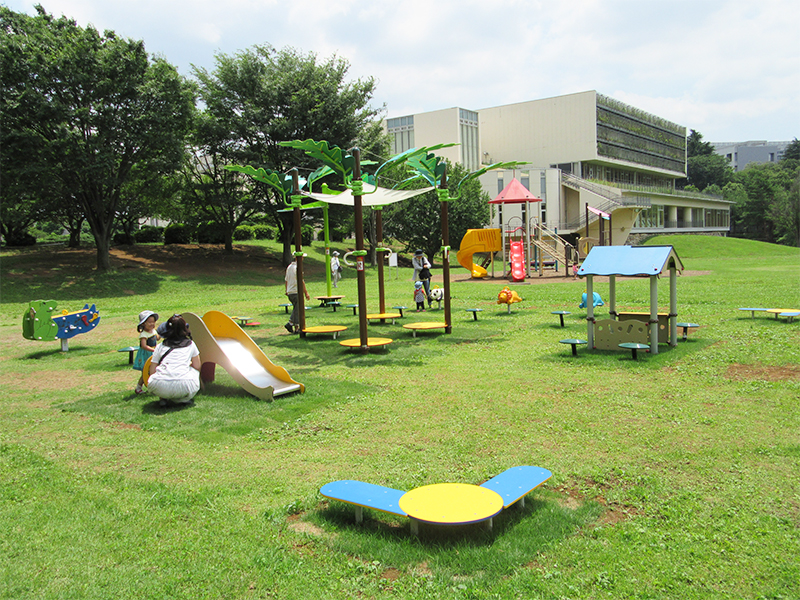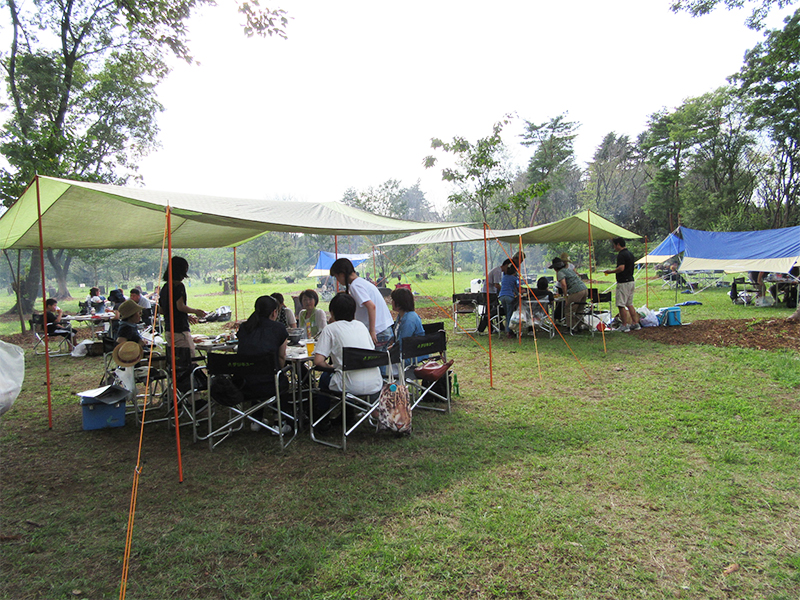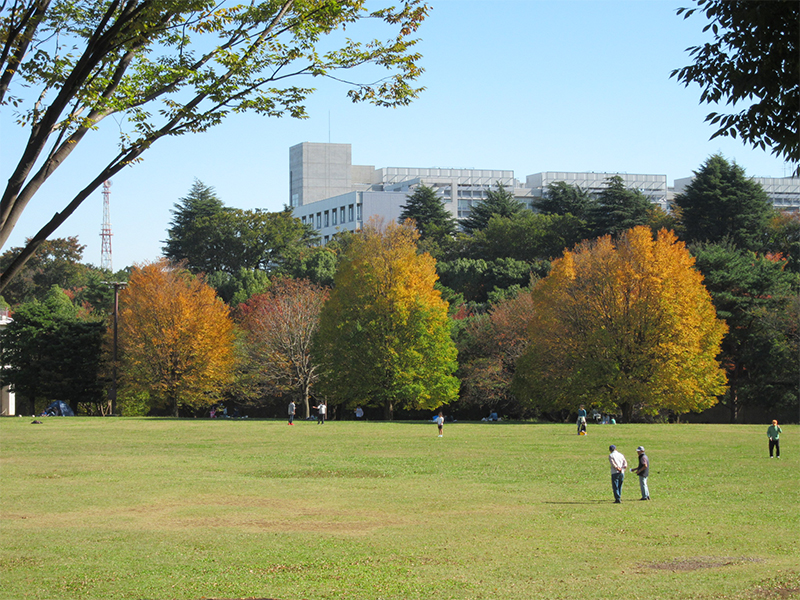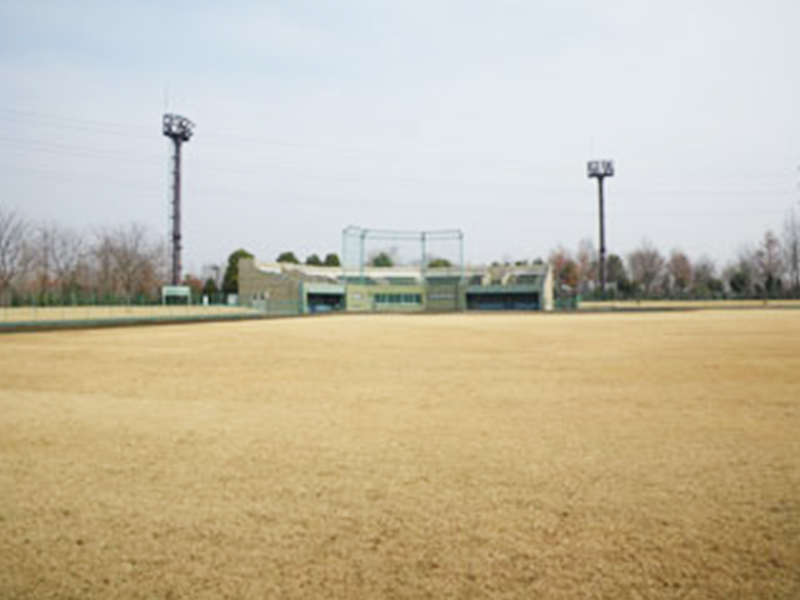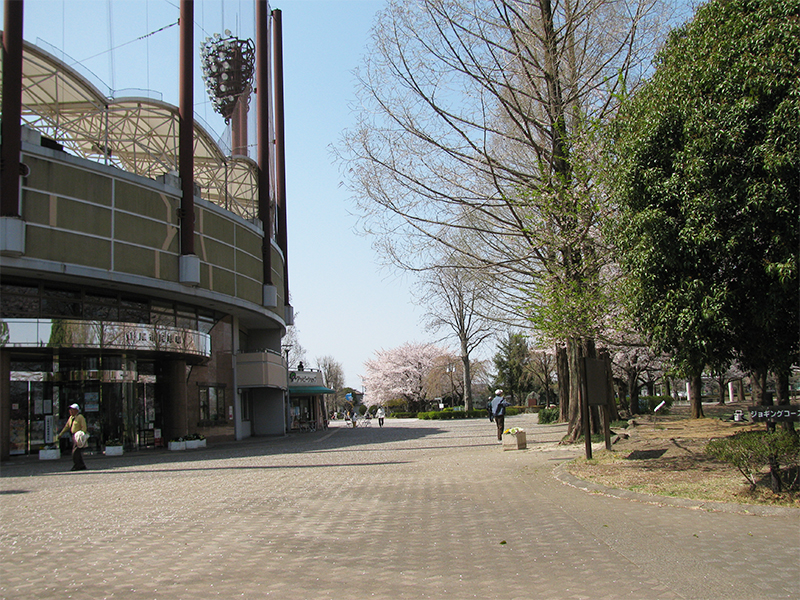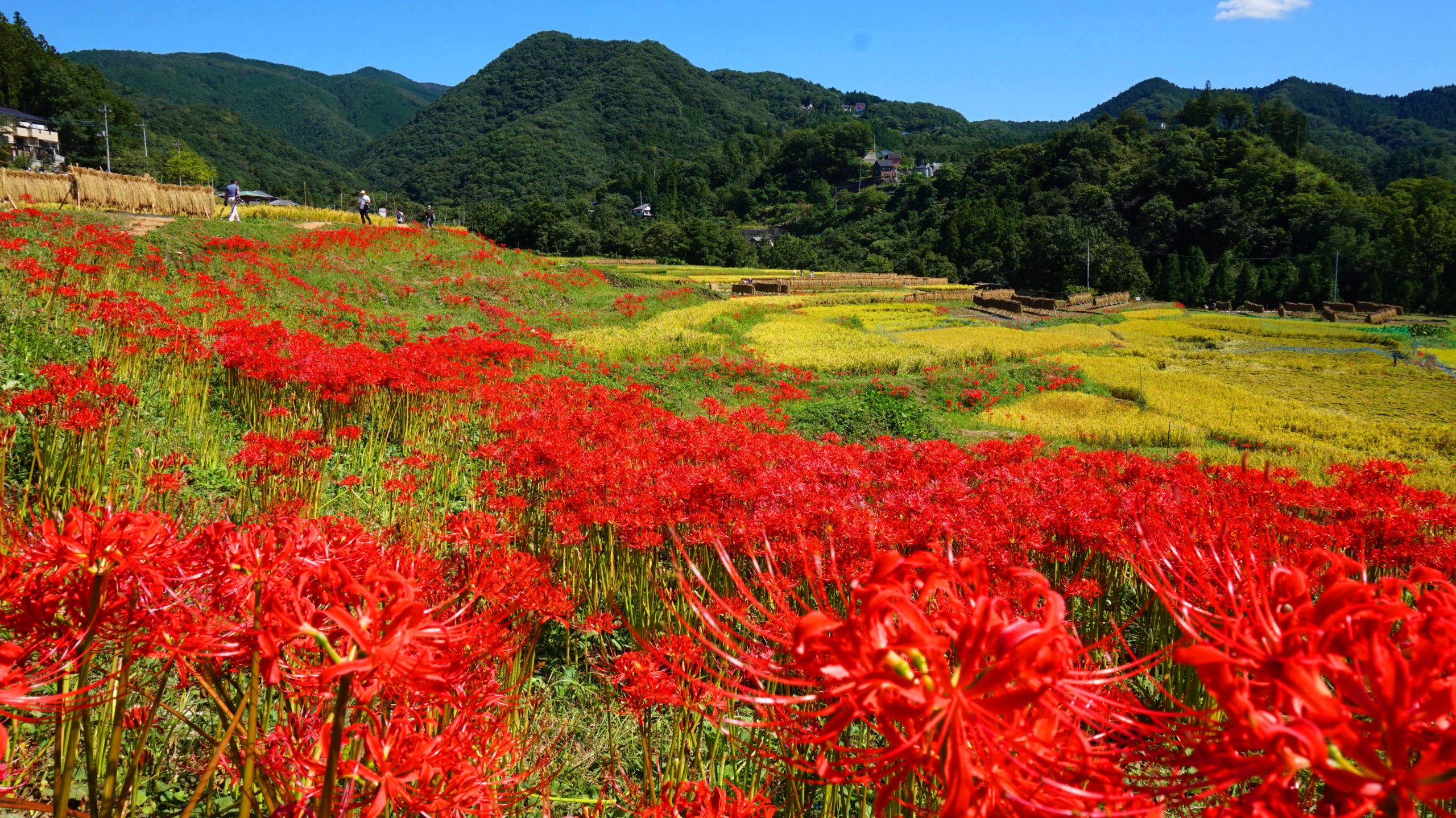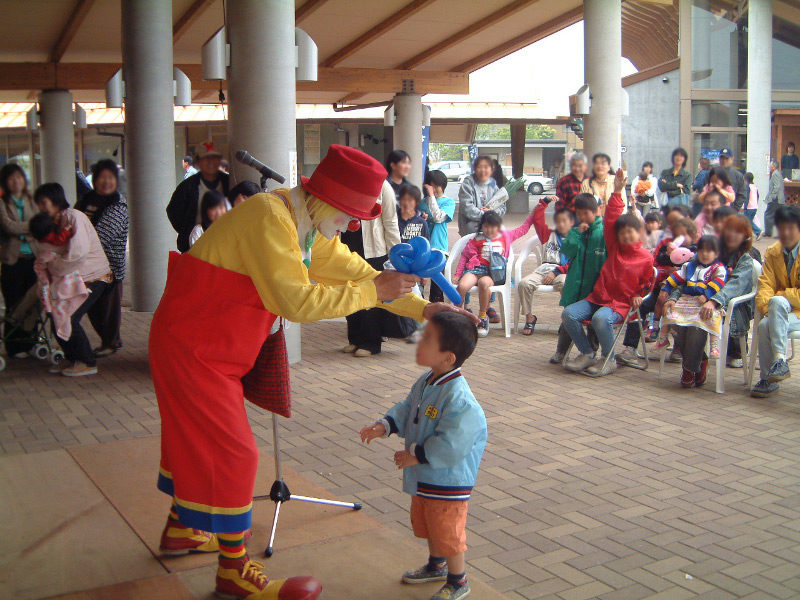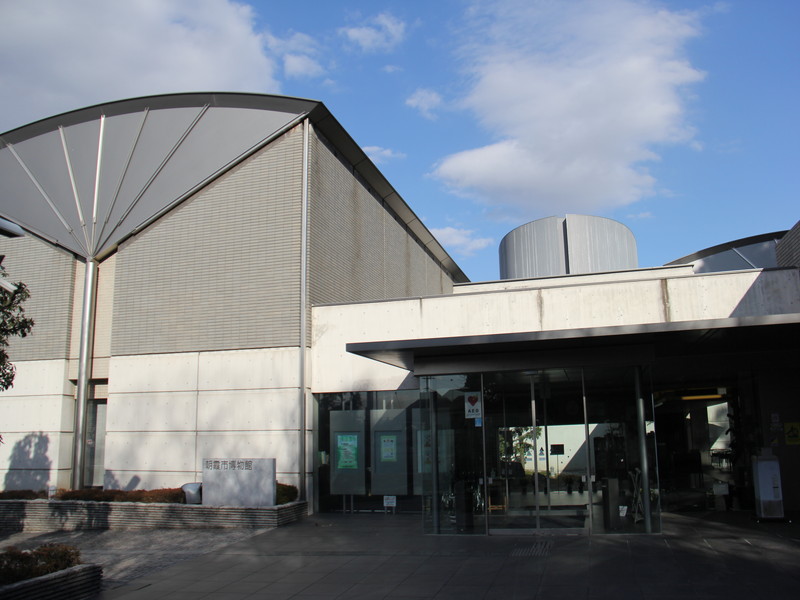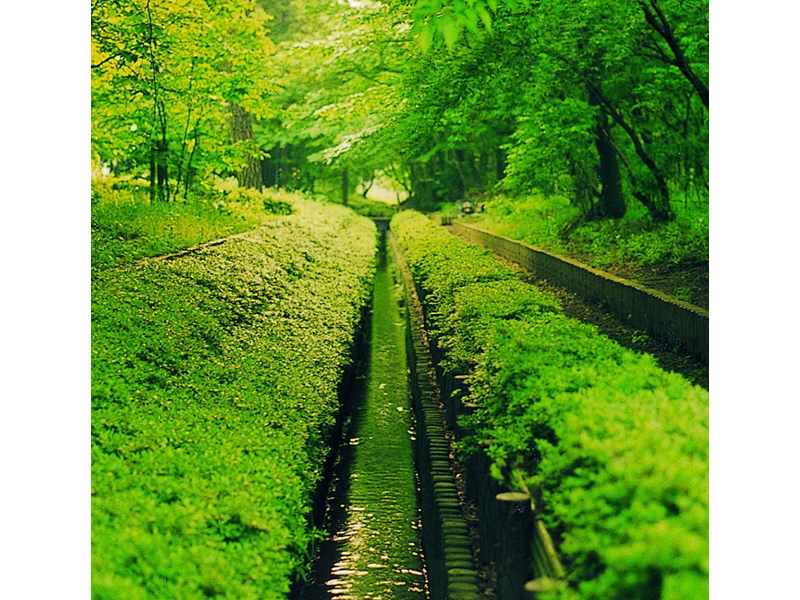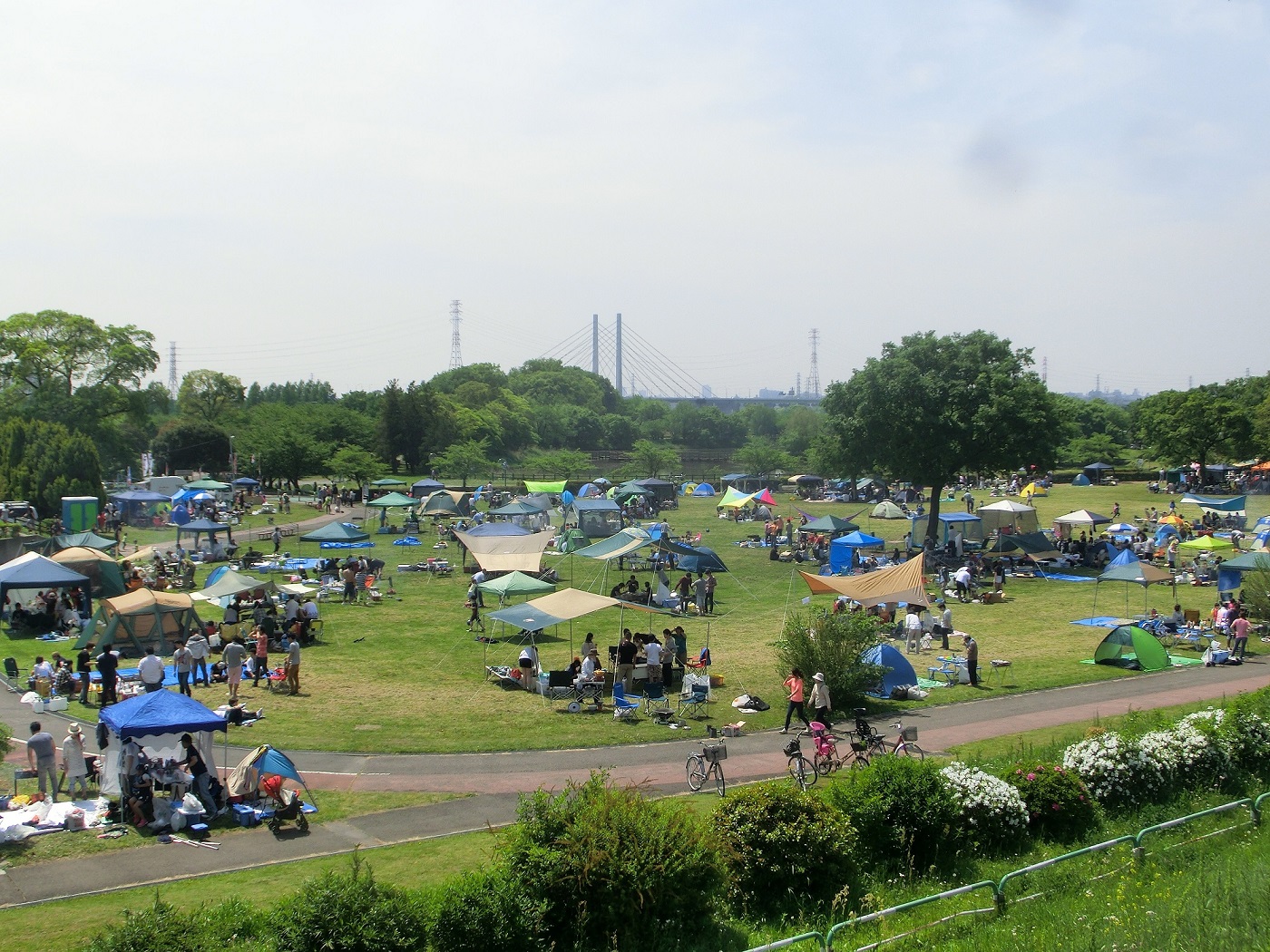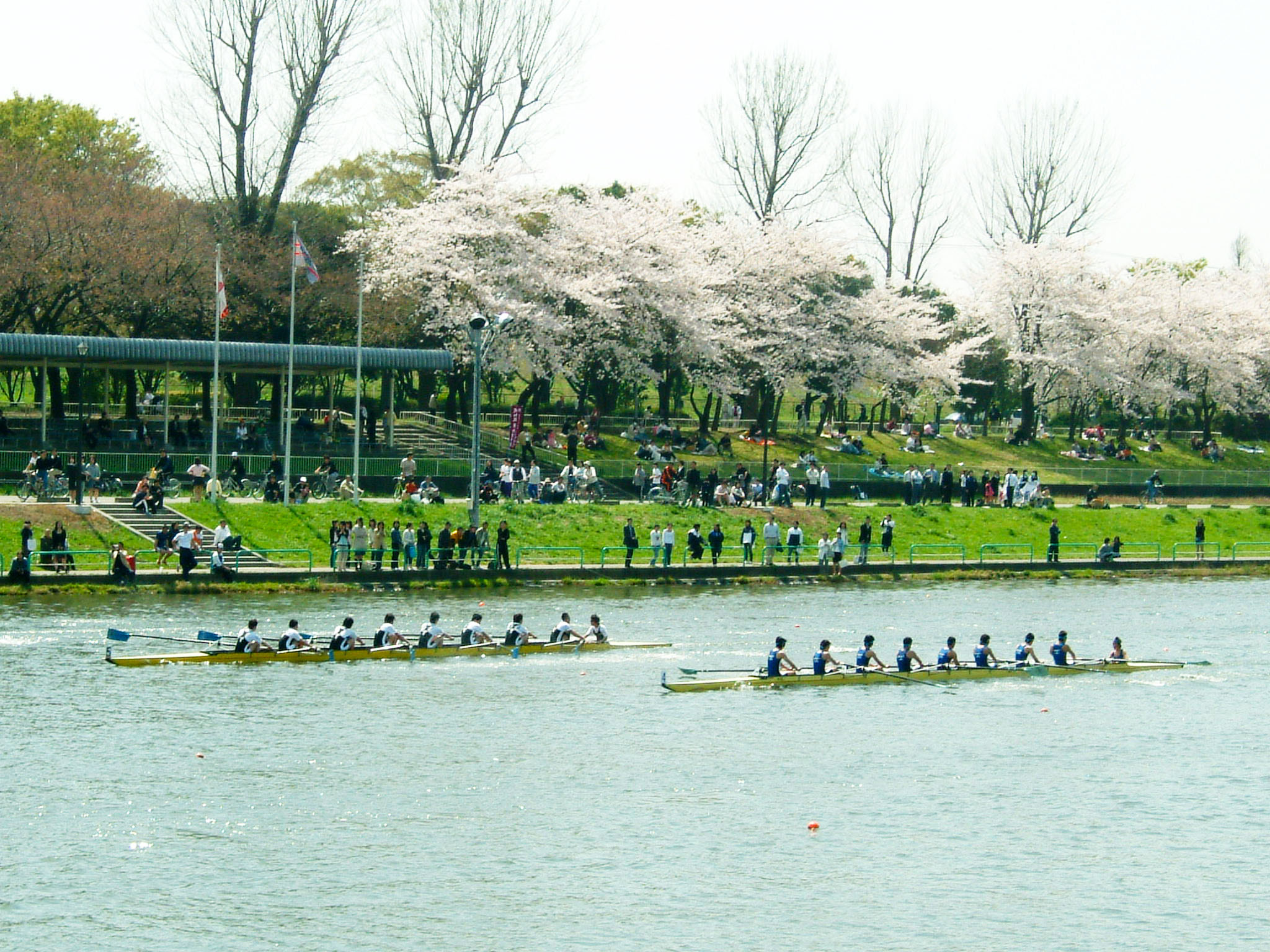Wako Jurin Park
sightseeing
This 20-hectare park was established in March 1989 on the former site of Camp Drake, which was confiscated by the U.S. military in 1945, to ensure a comfortable living environment with beautiful urban landscape. The park is well known as a place for sports and recreation, with an outdoor plaza and jogging course. This vast park is also used as an evacuation site.
Nearby are Tokyo Metropolitan Oizumi Central Park, Oizumi Sakura Sports Park, Tokyo Yono Green Belt (Nagakubo Ryokuchi), Niiza Green Path and Sakae Green Path in Niiza City, together serving as a large green belt that straddles municipal and prefectural borders.
Basic Information
Location
3 Hirosawa, Wako City
TEL
048-468-0837
FAX
048-465-2781
Event Information
Early spring flowers (witch hazel trees, etc.) Sakura autumn leaves
Business hours / Fee
Business hours
24-hour admission
Regular holiday
No holiday
How to get there
Public transport
【Electric train】20-minute walk from Wako City Station on the Tobu-Tojo Line, Tokyo Metro Yurakucho Line, and Fukutoshin Line
【bus】① Tobu Bus: 5 minutes walk from "Nishiyamato Danchi Bus Stop"
3 minutes walk from "Wako City Gymnasium Bus Stop"
② Seibu Bus: 3 minutes walk from "National Tax College Wako School Bus Stop"
【bus】① Tobu Bus: 5 minutes walk from "Nishiyamato Danchi Bus Stop"
3 minutes walk from "Wako City Gymnasium Bus Stop"
② Seibu Bus: 3 minutes walk from "National Tax College Wako School Bus Stop"
Car
About 2 km from the Wako IC on the outer ring road to Tokyo
Parking
200 yen / hour
After that 30 minutes 100 yen
(North parking lot / South parking lot) 6: 00-19: 00
182 ordinary cars, 4 for people with disabilities
(Central parking lot) 8: 30-11: 00
157 ordinary cars, 5 large cars, 10 for people with disabilities
After that 30 minutes 100 yen
(North parking lot / South parking lot) 6: 00-19: 00
182 ordinary cars, 4 for people with disabilities
(Central parking lot) 8: 30-11: 00
157 ordinary cars, 5 large cars, 10 for people with disabilities

